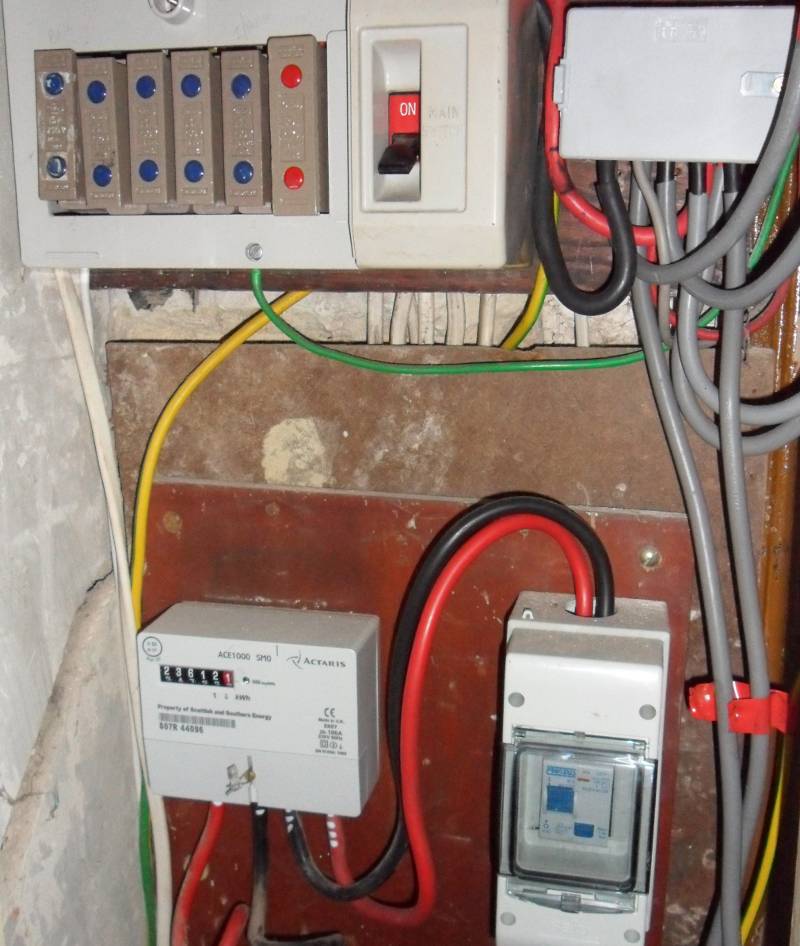The wiring in my bungalow was originally installed circa 1970.
It is relatively simple and I understand it:
A two wire overground supply (TT) passes through a modern meter and then through an Voltage Operated Earth Leakage Circuit Breaker before branching off to wire fuse type Wylex fuse box and a more modern "garage"
single connection via a mini Consumer Unit complete with an integral Residual Current Device.
It is similar to this picture (though I don't know what the illustrated switched & fused lighting cable spur does):

The VOELCB is dying, it seems to me that I would be safer if it was replaced with a Residual Current Device, though this would still turn off the whole system for any fault.
That would produce a system something like this:
/www.eec247.com/emergency/frontend_RCD_to_porcelain_fuses.jpg[/img]
Apart from the inconvenience of having no lighting,. would not an incoming RCD protect life?
If the replacement means that the whole system now has to be compliant with modern standards, ie a split consumer unit plus possible mandatory improvements in the rest of the system - what sort of expense are we talking about? Minimum adequate has always been my watch-word".
It is relatively simple and I understand it:
A two wire overground supply (TT) passes through a modern meter and then through an Voltage Operated Earth Leakage Circuit Breaker before branching off to wire fuse type Wylex fuse box and a more modern "garage"
single connection via a mini Consumer Unit complete with an integral Residual Current Device.
It is similar to this picture (though I don't know what the illustrated switched & fused lighting cable spur does):

The VOELCB is dying, it seems to me that I would be safer if it was replaced with a Residual Current Device, though this would still turn off the whole system for any fault.
That would produce a system something like this:
/www.eec247.com/emergency/frontend_RCD_to_porcelain_fuses.jpg[/img]
Apart from the inconvenience of having no lighting,. would not an incoming RCD protect life?
If the replacement means that the whole system now has to be compliant with modern standards, ie a split consumer unit plus possible mandatory improvements in the rest of the system - what sort of expense are we talking about? Minimum adequate has always been my watch-word".


